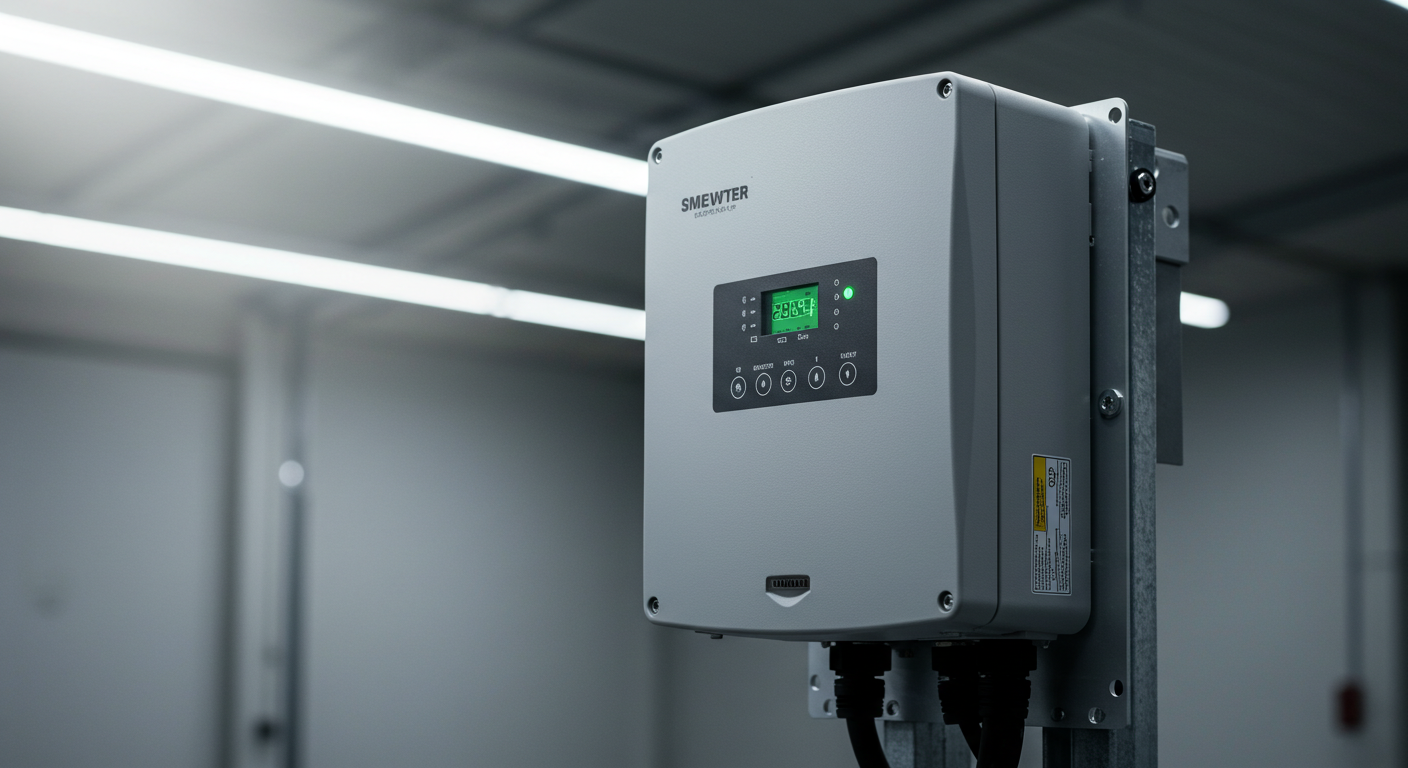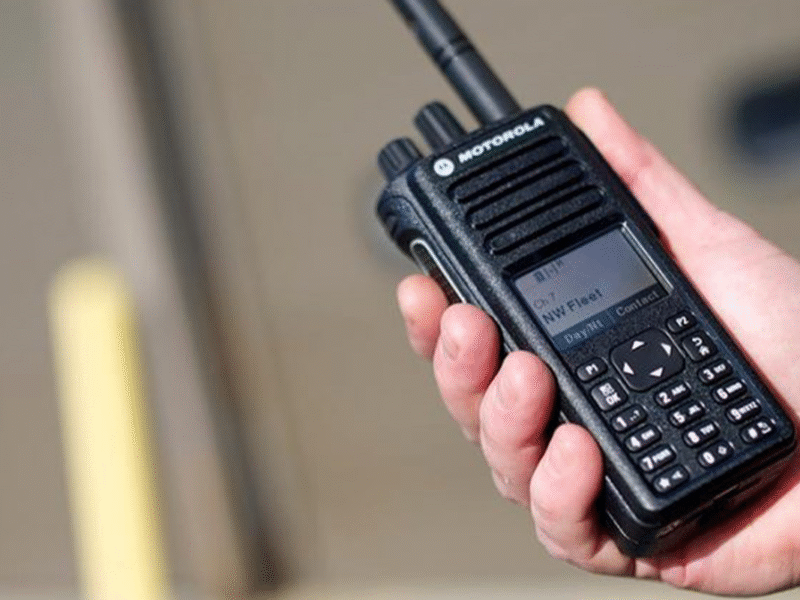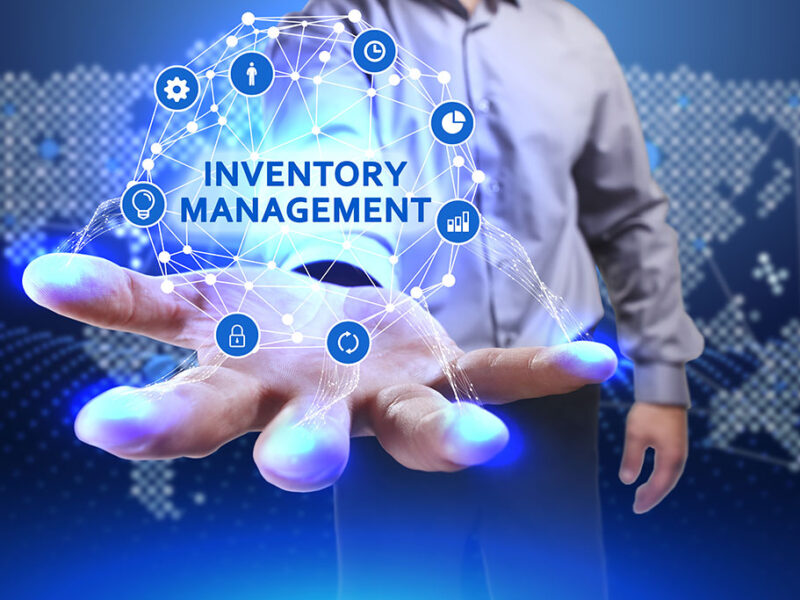Solar energy is rapidly becoming a preferred source of power for homeowners and businesses alike. A solar inverter converts the direct current (DC) electricity generated by your solar panels into alternating current (AC), which is the form of electricity used by most household appliances.
Choosing the right inverter can greatly impact your energy efficiency, long-term savings, and system reliability. Here’s a guide to the top features you should look for when selecting a solar panel inverter.
1. High Conversion Efficiency
One of the most critical features of any inverter is its conversion efficiency—the percentage of solar energy that is effectively converted from DC to usable AC. A high-efficiency inverter will ensure that you get the most energy out of your solar panels. Look for inverters with efficiencies of 95% or higher. Premium models now offer efficiencies above 98%, which can make a notable difference in your energy output and long-term cost savings. While solar panels often receive the spotlight, solar panel inverters play an equally crucial role in the overall performance of a solar power system.
2. Inverter Type and Compatibility
There are several types of inverters available, each with its strengths:
- String Inverters: These are the most common and are typically used in residential systems. They are cost-effective but less flexible, as shading on one panel can affect the entire string.
- Microinverters: These are installed on each solar panel and work independently, which is ideal for rooftops with partial shading or complex angles. They tend to be more expensive but offer better performance in certain conditions.
- Hybrid Inverters: These can work with both solar panels and battery storage, making them a versatile choice if you plan to install batteries now or in the future.
Ensure that the inverter you choose is compatible with your solar panels and any battery storage systems you may use.
3. Monitoring Capabilities
Modern inverters often come with built-in monitoring systems that allow you to track your solar power production in real-time. This data can be accessed through web portals or mobile apps, helping you keep an eye on system performance, detect any issues, and evaluate your energy savings.
Some inverters provide very detailed analytics, including per-panel production (especially in systems with microinverters or optimizers), historical data, and fault alerts. These features are essential for maintaining the long-term health of your solar system.
4. Durability and Warranty
Since solar inverters are typically installed outdoors or in utility rooms, they must be durable enough to withstand harsh environmental conditions like heat, cold, moisture, and dust. Make sure to check the inverter’s IP (Ingress Protection) rating. A rating of IP65 or higher is generally good for outdoor installation.
In addition, check the warranty period offered by the manufacturer. A standard inverter warranty ranges from 5 to 10 years, but many reputable brands now offer extended warranties up to 15 or even 25 years. A longer warranty is usually a good indicator of product quality and durability.
5. Smart Grid Compatibility
As energy grids evolve, solar inverters are also expected to integrate with smart grid systems. Smart grid-compatible inverters allow your system to respond to grid demands, help balance electricity supply, and sometimes even participate in demand response programs that offer financial incentives.
Look for inverters that comply with local grid codes and offer remote control or automatic adjustment features to ensure you’re prepared for future grid developments.
6. Safety Features
Safety should never be overlooked in a solar installation. A good inverter will come with several built-in safety mechanisms, such as:
- Anti-islanding protection: Automatically shuts down the inverter when the grid goes down, preventing energy from being sent back into the grid and posing a danger to utility workers.
- Surge protection: Shields the system from voltage spikes due to lightning or other sources.
- Temperature regulation: Ensures that the inverter doesn’t overheat, especially in warm climates.
These features are critical for both the safety of your home and the longevity of your system.
7. Expandability and Scalability
If you think you might want to expand your solar system in the future, choose an inverter that can grow with your energy needs. Some inverters allow for modular expansion, where you can easily add more panels or integrate energy storage without replacing the entire inverter system.
For instance, if you’re considering a battery storage system later, opting for a hybrid inverter now can save you from having to reinvest in a new one down the line.
8. Quiet Operation
While inverters are generally quiet, some models—especially larger or older ones—can produce a noticeable humming sound. If the inverter will be installed close to living spaces, opt for models designed for low-noise operation. This is particularly important in residential settings where peace is appreciated.
9. Reputable Brand and Customer Support
The manufacturer’s reputation plays a significant role when selecting an inverter. Trusted brands not only offer higher-quality products but also provide better customer support and service options. Before purchasing, check customer reviews, support channels, and how easy it is to obtain spare parts or service if needed.
Top brands often partner with certified installers and provide online troubleshooting guides, detailed manuals, and responsive customer service.
10. Cost vs. Value
While it’s tempting to choose the most affordable option, remember that solar inverters are a long-term investment. A cheaper inverter might save money upfront, but could cost more in maintenance, energy loss, or early replacement. Balance cost with quality, warranty, and performance features to get the best value over time.
Conclusion: Making the Right Choice
Your inverter is the brain of your solar power system, and choosing the right one can make a significant impact on your system’s performance and your overall energy savings. From efficiency and compatibility to monitoring features and safety standards, each aspect plays a vital role.
Take the time to evaluate your current and future energy needs, consult with solar professionals, and invest in a solar inverter that provides reliable, long-term value. By doing so, you ensure your solar journey is not just green, but also smart and sustainable.



